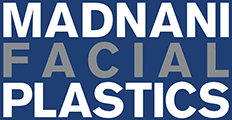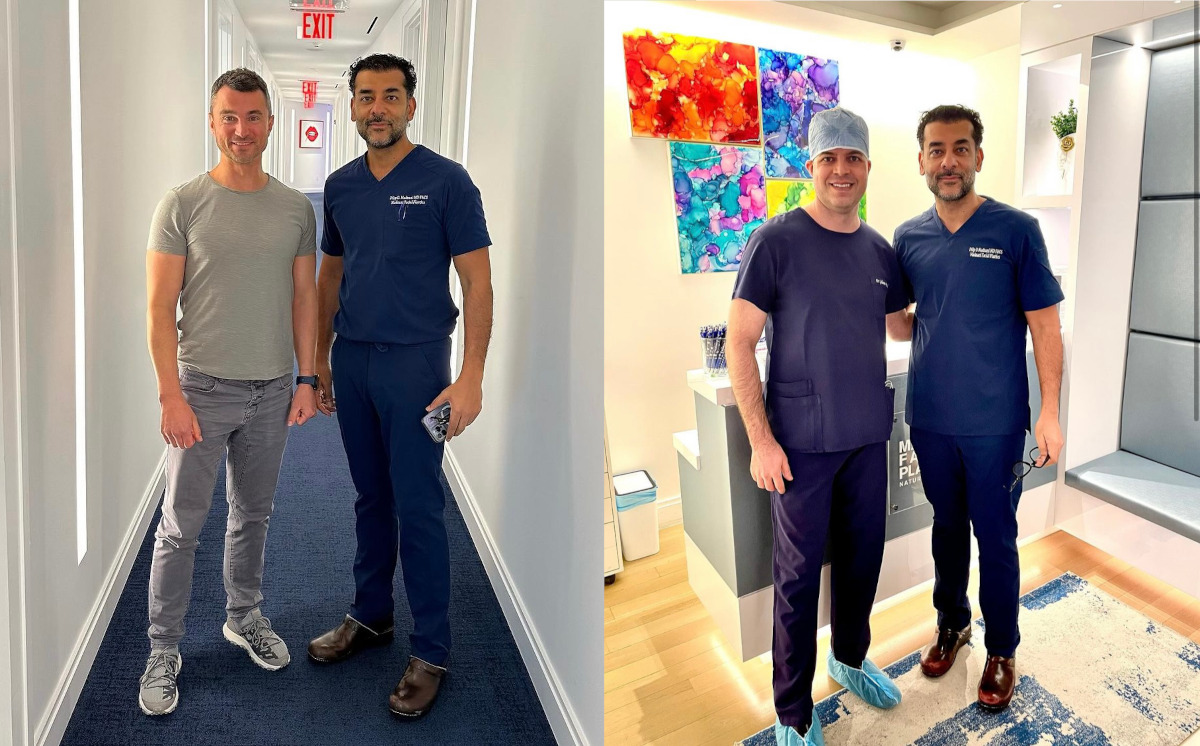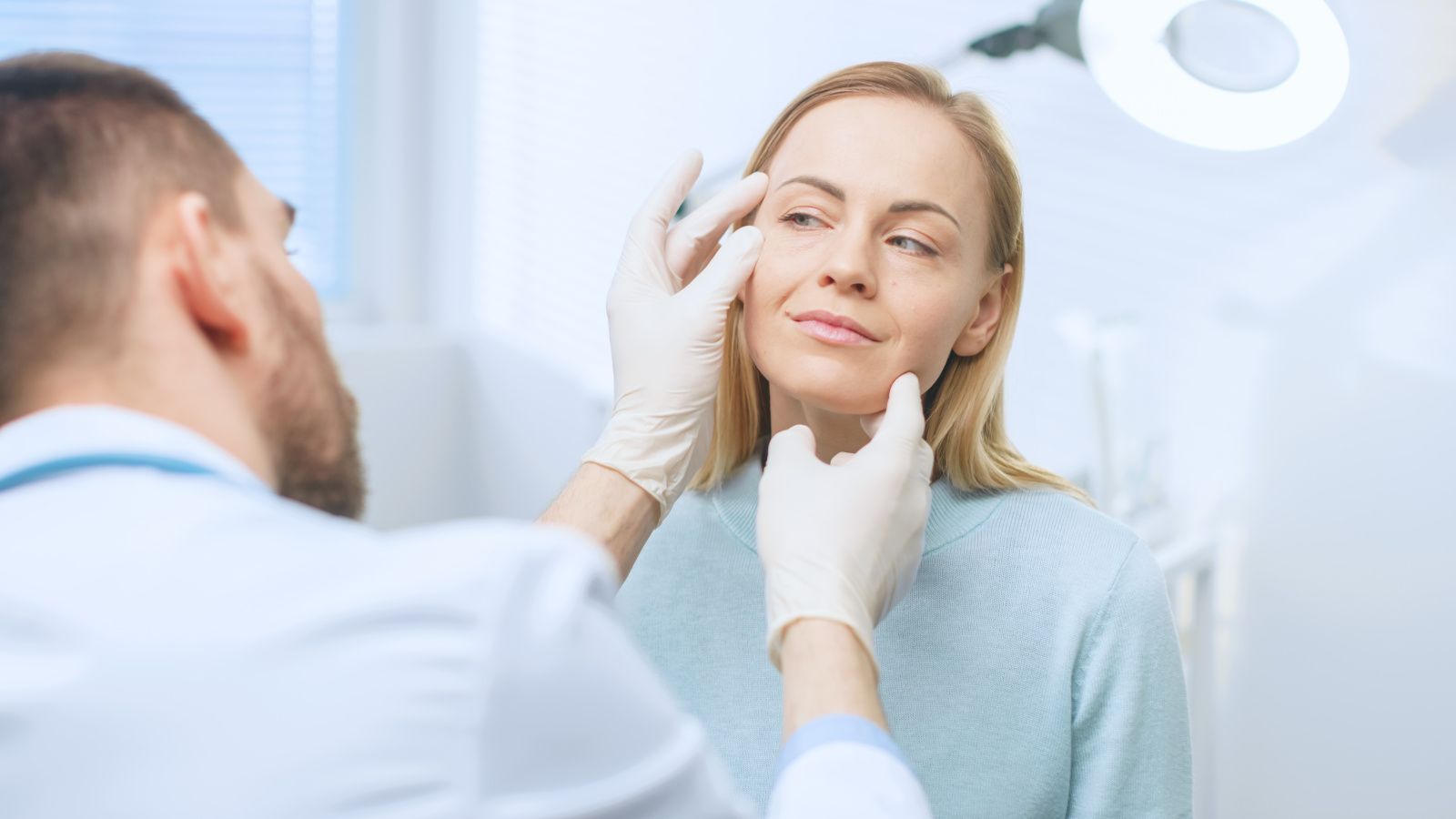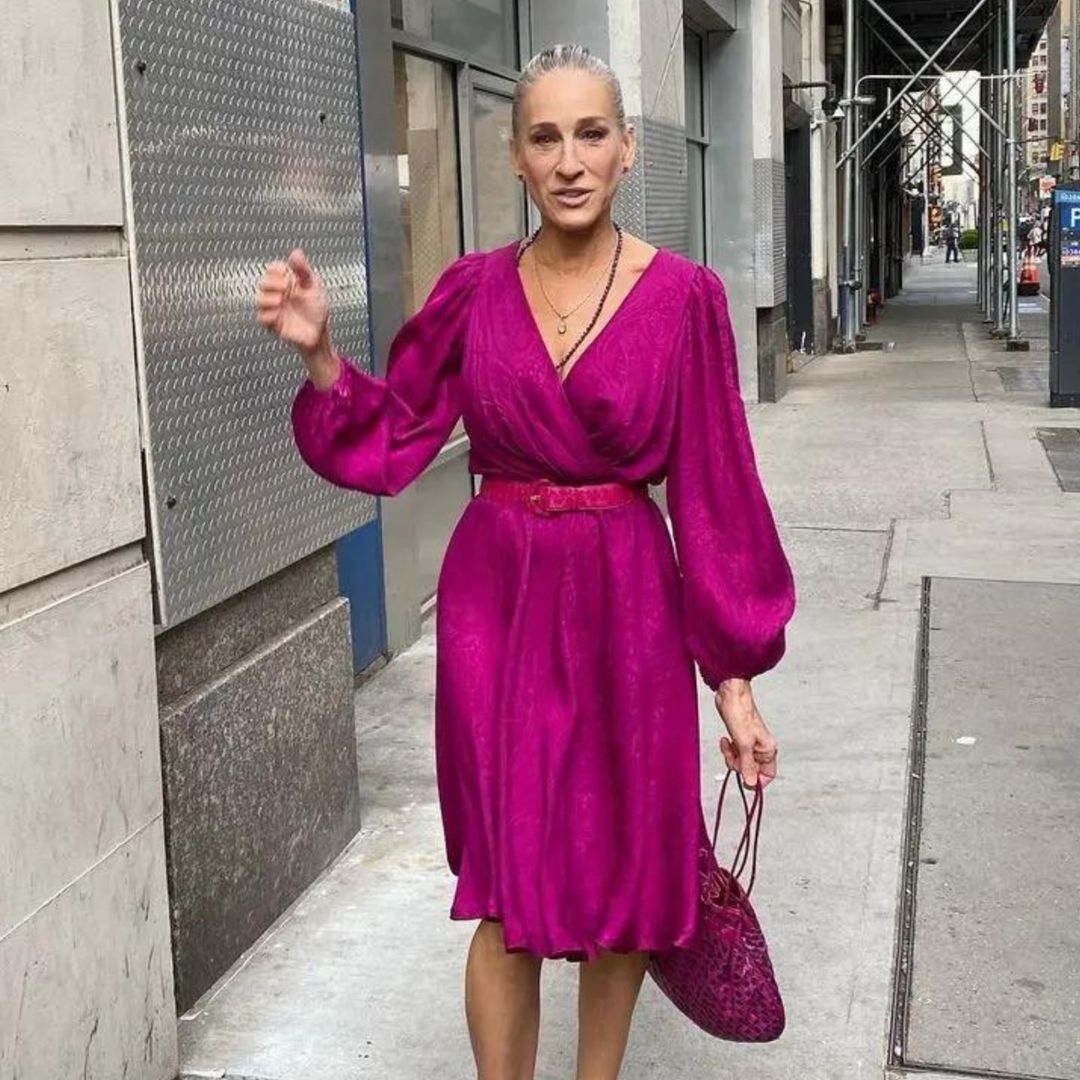Spring Rejuvenation
Surgical and Non-Surgical Options for a Refreshed You
As nature awakens with the arrival of spring, it’s the perfect time to refresh and renew not only your surroundings but also yourself. At Madnani Facial Plastics, we understand the desire to embrace the season with a revitalized appearance. Whether you’re considering surgical or non-surgical options, we offer a range of treatments to help you achieve your aesthetic goals this spring.
Surgical Options:
Facelift:
A facelift is a surgical procedure designed to address signs of aging in the face and neck. By tightening underlying facial muscles and removing excess skin, a facelift can restore a more youthful and rejuvenated appearance. Spring is an ideal time for this procedure, allowing ample time for recovery before summer.
Neck Lift:
Often done in conjunction with a facelift, a neck lift specifically targets sagging skin and muscle banding in the neck area. By tightening the neck muscles and removing excess skin, a neck lift can create a smoother, more defined neckline, restoring a youthful contour to the lower face and neck.
Eyelid Surgery (Blepharoplasty):
Eyelid surgery can address sagging eyelids, puffiness, and under-eye bags, rejuvenating the appearance of the eyes for a more rested and youthful look. With minimal downtime, spring is an excellent time to undergo this procedure and enjoy brighter, more refreshed eyes.
Fat Transfer:
Fat transfer, also known as fat grafting, involves harvesting fat from one area of the body (such as the abdomen or thighs) and injecting it into areas that have lost volume, such as the cheeks, temples, or lips. This natural filler alternative can restore youthful fullness to the face and improve overall facial harmony, providing long-lasting results with minimal risk of allergic reaction or rejection.
Non-Surgical Options:
Injectables (Botox and Dermal Fillers):
Injectables such as Botox and dermal fillers offer a quick and convenient way to smooth wrinkles, restore volume, and enhance facial contours without surgery. Whether you want to soften fine lines or plump up lips, these treatments provide natural-looking results with minimal downtime, making them perfect for a springtime refresh.
Laser Skin Resurfacing:
Laser skin resurfacing can improve skin tone and texture, reduce the appearance of sun damage, and stimulate collagen production for firmer, smoother skin. With spring’s milder temperatures and reduced sun exposure, it’s an ideal time to undergo laser treatments and achieve a more radiant complexion.
Chemical Peels:
Chemical peels are effective in exfoliating the skin, reducing acne scars, and minimizing hyperpigmentation, revealing a brighter, more even-toned complexion. Spring is the perfect season for chemical peels, as the cooler weather allows for faster healing and less sun exposure post-treatment.
Threadlifts:
Threadlifts are a minimally invasive alternative to traditional facelift surgery, involving the insertion of dissolvable threads under the skin to lift and tighten sagging facial tissues. With minimal downtime and natural-looking results, threadlifts are an excellent option for patients looking to rejuvenate their appearance without surgery, making them perfect for a springtime refresh.
Whether you’re interested in surgical enhancements or non-surgical treatments, spring is the perfect time to embark on your journey to a refreshed and rejuvenated appearance. At Madnani Facial Plastics, we offer personalized solutions to help you achieve your aesthetic goals safely and effectively. If you’re ready to embrace a new season with confidence and vitality, contact us today to schedule a consultation. Let’s welcome spring together with a renewed sense of beauty and self-assurance.










